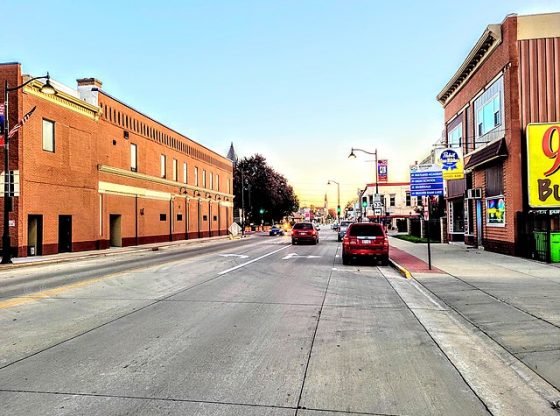Two of the federal government’s methods of measuring crime tell two different stories, complicating recent claims from the media and President Joe Biden that crime is declining.
Numerous media outlets have, in recent months, run headlines suggesting that crime is declining across the country. The statistics they’re citing, however, don’t tell the entire story.
The federal government has two ways of measuring crime, the Bureau of Justice Statistics’ National Crime Victimization Survey (NCVS) and the Federal Bureau of Investigation’s (FBI) Uniform Crime Reporting (UCR) program. The former asks around 240,000 Americans if they’ve been the victim of a crime in the last year whereas the latter relies on crimes reported to police in a given year and shared with the bureau.
A gap has emerged between the two measures. More people are telling the Bureau of Justice Statistics that they’ve been victimized, but the FBI is reporting fewer crimes.
The UCR reported that violent crime fell by 2% between 2021 and 2022, according to the Council on Criminal Justice. By contrast, the NCVS found that the number of people saying they were the victims of violent crimes increased by 42.4% between 2021 and 2022, rising from 16.5 victimizations per 1000 people to 23.5 victimizations per 1000.
Despite these disparities, several media outlets published stories claiming that crime was declining in the United States. Mainstream outlets like NPR, Reuters, CBS News, The Hill, NBC News and PBS all presented FBI data to report that crime is decreasing, without mentioning the conflicting data produced by the NCVS.
NBC went as far as to say that “the drop in crime does not appear to be well understood by large majorities of Americans.” A December Gallup Poll found that 77% of Americans believe crime is getting worse.
Biden has capitalized on reports that crime is decreasing, claiming that his policies contributed to making communities safer by investing in public safety. “This week, the FBI released data showing that crime declined across nearly every category in 2023,” Biden said. “Thanks to the American Rescue Plan, which every Republican in Congress voted against, we made the largest-ever federal investment in fighting and preventing crime at any time in our history,” the president continued.
Some mainstream publications, however, did note that the FBI data should be approached with a degree of skepticism. The Guardian, for instance, noted in its reporting on the FBI data that “not all crime reports are collected” by the UCR and that “the FBI’s findings should be viewed with caution given the incomplete information.”
Among the reasons that the disparities might be so wide between the UCR and NCVS is that crimes that occurred, but were not reported, would not appear in the FBI’s UCR so, if the reporting rate falls, the gap between actual crime and what the FBI reports will grow.
Additionally, 31% of police departments didn’t report data to the FBI in 2022, according to The Marshall Project. The FBI’s transition to a new reporting system, that required more work from local law enforcement agencies, contributed to the relatively low response rates, according to the Washington Examiner.
In 2019, prior to the new reporting system, 89% of departments representing 97% of the population sent data to the FBI, the Examiner reported. In 2021, when the system was mandated, about 63% of agencies, covering 65% of the population, reported data.
Even among the jurisdictions that are reporting data, the FBI is undercounting crimes, according to the Examiner. Nashville’s 2023 municipal data, for instance, reports almost 1,000 more aggravated assaults than appear in the FBI’s dataset, the Examiner reported. Similarly, Baltimore reported 262 murders in 2023, but the FBI only logged 225 in the city.
NPR, Reuters, The Hill, NBC News and PBS did not immediately respond to the Daily Caller News Foundation’s requests for comment. CBS News could not be reached for comment.
















